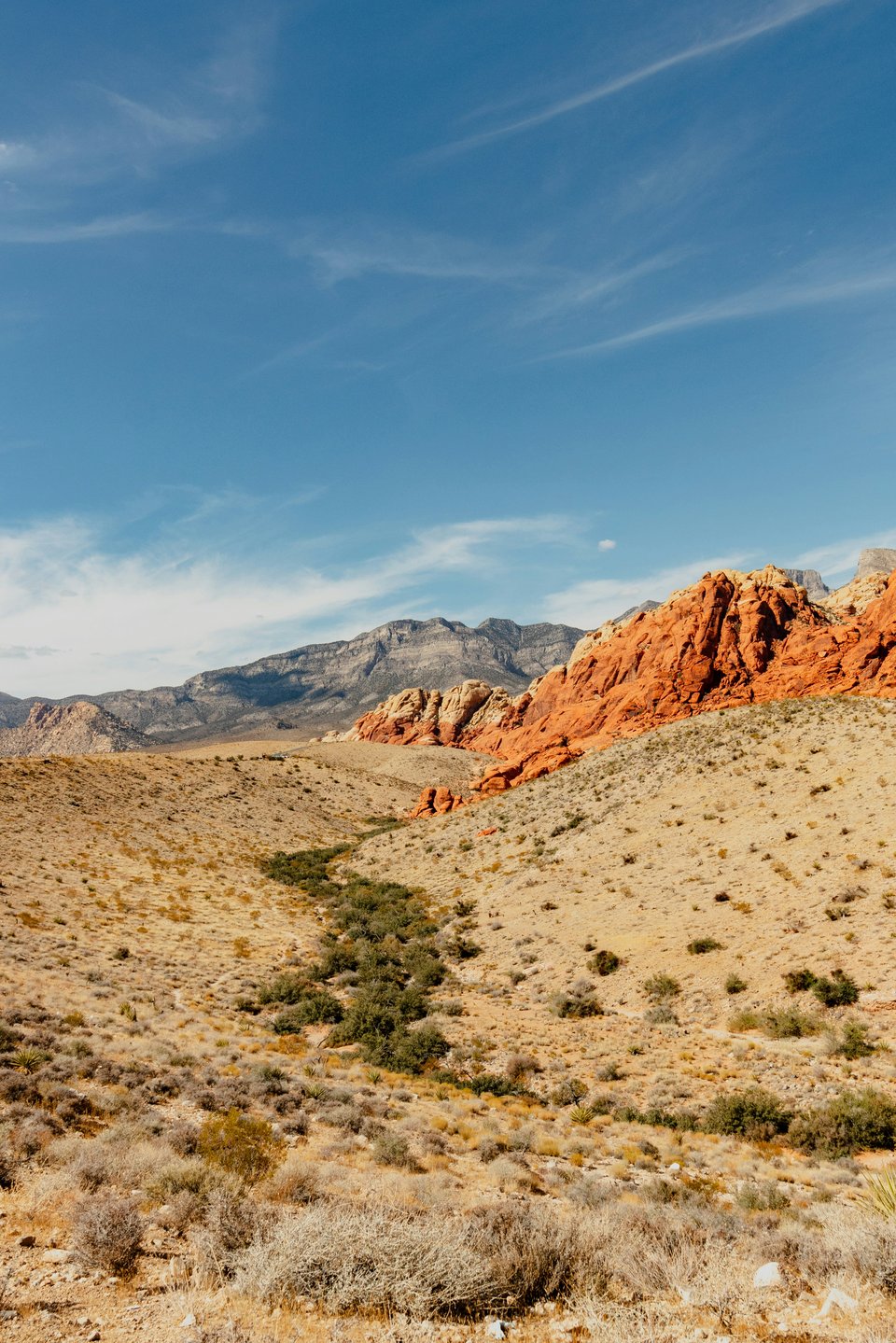Fighting for Land

Photo by Joshua Tsu on Unsplash
The fight over public lands is back.
In a House amendment to the Republican budget package, introduced by Utah Representative Celeste Maloy and Nevada Representative Mark Amodei and which could be voted on as soon overnight tonight, the budget bill may result in the sale of 11,500 acres of Bureau of Land Management (BLM) land in southwestern Utah. Maloy, echoing Interior Secretary Doug Burgum, suggested the land could be used for affordable housing as well as address water concerns in her district.
It's a stretch to suggest these lands are suitable for affordable housing. The land under consideration here bump up against Zion National Park, and would likely mean vacation homes not affordable homes. Maloy, the niece of Cliven Bundy, the same Bundy family famous for not paying grazing fees and various armed stand-offs with the federal government, has long advocated for a sell-off of these lands. But more importantly, the amendment reflects a long fight over these lands: namely, that these lands should be exploited for reasons other than the public good.
In 1976, Congress passed the Federal Land Policy and Management Act (FLMPA) that governs how public lands are managed. Under FLPMA, BLM is directed to undertake careful land management decisions, including public hearings, public notice and bidding on lands eligible for sale, and Congressional notification on sales exceeding 2,500 acres, and conducts an environmental analysis under the National Environmental Policy Act (NEPA), all in coordination with state and local governments. The Maloy amendment undercuts the FLMPA process, declaring a much faster timeline than typical under BLM processes that prevents public input, not to mention less time to assess hunting access, habitat, or other public uses.
The lands under BLM are governed by what’s referred to as multiple-use — that is, the public lands are not subject to a single use (only grazing, or logging, or off-road recreation, or camping, or hunting), but serve a variety of purposes that require balance and coordination. The public lands have been at the center of political and legal fights for much of the latter twentieth century, expressed most forcefully in the rise of the Sagebrush Rebellion in the 1970s and 1980s. The political forces that galvanized in this era continue to reverberate today, rooted in a conflict over who and what determines the use of land. Maloy suggests that “not all federal lands have the same value.” But who determines that value? The land, after all, has many users: developers planning subdivisions, families camping and hiking, endangered tortoises, and nesting eagles.
As Trump’s former Interior Secretary Ryan Zinke wrote last week, “Once the land is sold and access eliminated, we will never get it back. God isn’t creating more land.” The potential sale of these acres deserves thoughtful consideration and public involvement, not a midnight budget amendment.